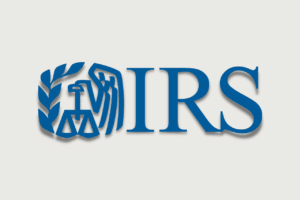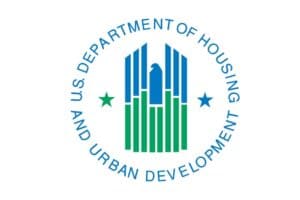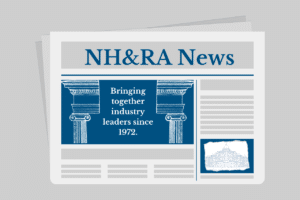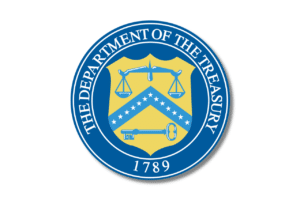News

NCSHA Urges Treasury and IRS to Provide Guidance to HUD on Income Limits for Income Averaging Developments
The National Council of State Housing Agencies sent a letter to the Department of the Treasury and IRS urging them to expedite guidance to HUD on how it should establish income limits for the 20, 30, 40, 70, and 80 percent of area median income (AMI) levels necessary for Housing Credit projects that elect to use the average income test for their minimum set-asides.

HFSC Infrastructure Hearing
On April 30 the House Financial Services Committee (HFSC) held a hearing on Housing in America: Assessing the Infrastructure Needs of America’s Housing Stock. The hearing featured discussion on Chairwoman Maxine Water’s (D-CA) draft bill, Housing Is Infrastructure Act of 2019, and testimony from:

HFSC Housing Hearings – April 30 & May 21
The full House Financial Services Committee (HFSC) will hold two upcoming housing related hearings. The April 30 hearing will focus on “Housing in America: Assessing the Infrastructure Needs of America’s Housing Stock.” The May 21 hearing will focus on “Housing in America: Oversight of the U.S. Department of Housing and Urban Development.”

Colorado Legislature Advances Legislation to Increase State Tax Credit
The Colorado Senate Finance Committee passed HB19-1228, Increase Tax Credit Allocation Affordable Housing, on a unanimous 7-0 vote.

HUD Moves to Crack Down on Undocumented Immigrants in Public Housing
HUD sent a proposed rule to Congress on April 17 that would eliminate what it says is a regulatory loophole that allows people to live in subsidized housing without having their immigration status checked.

HUD To Propose New Rule Making CO Detectors Mandatory
HUD sent PIH Notice 2019-06 to all public housing authorities and private owners of HUD-subsidized housing a notice to remind and encourage them to install working CO detectors in their properties.

HUD Releases Notices on HCV Implementation
HUD released its annual notice on voucher funding, PIH 2019-8, Implementation of the Federal Fiscal Year (FFY) 2019 Funding Provisions for the Housing Choice Voucher Program.

HUD Releases FY 2019 Income Limits
HUD released the income limits for FY 2019 used to determined eligibility for public housing, Section 8, Section 202 and Section 811. HUD also released the Multifamily Tax Subsidy Program income limits for FY 2019, which are used for low-income housing tax credit and tax-exempt bond properties.

NHC Publishes 2018 Paycheck to Paycheck Report
The National Housing Conference (NHC) released its 2018 edition of Paycheck to Paycheck, a database allowing users to discover the rental and homeownership affordability challenges of workers in 81 occupations in 259 metro areas nationwide. The accompanying report highlights the affordability challenges of five workers in the construction industry face: carpenters; electricians; heating, ventilation, and air conditioning (HVAC) mechanics; maintenance workers and plumbers.

NYT: Renters Are Mad. Presidential Candidates Have Noticed.
This New York Times article by Emily Badger dives into the 2020 presidential candidates’ positions on affordable rental housing. From the article, “I hope [affordable housing] becomes an obvious part of the package…how can you run for President without speaking to this?”

White House and HUD Publish Opportunity Zone Implementation Plan
The White House Opportunity and Revitalization Council (Council) published its Implementation Plan, outlining a detailed work plan for how the Council—chaired by HUD Secretary Ben Carson—will accomplish the goals specified in Executive Order 13583 of December 12, 2018.In addition to developing an “OpportunityZones.gov” website, the Council and its Executive Director Scott Turner will be conducting listening tour sessions of rural, urban and suburban Opportunity Zones and other distressed communities throughout the remainder of 2019.

Treasury Requests Information on OZ Data Collection
The Department of the Treasury (Treasury) released a notice and request for information on data collection for Opportunity Zone investments. Qualified Opportunity Funds (QOFs) are required to file a Form 8996 and Treasury anticipates possible revisions to that form that could assist in data collection.